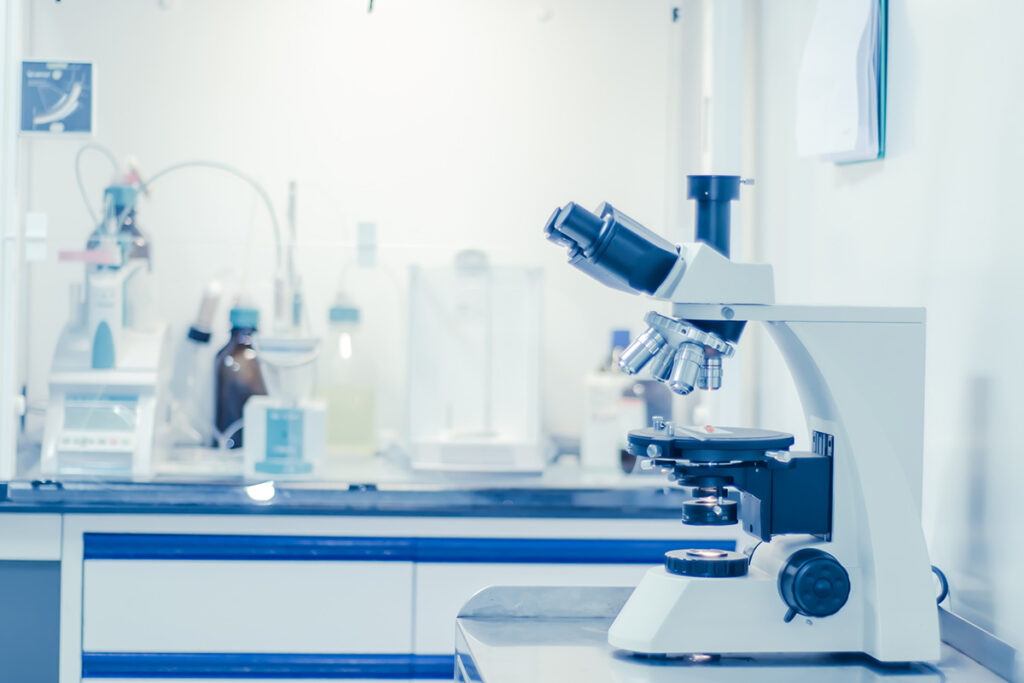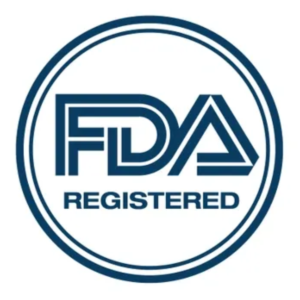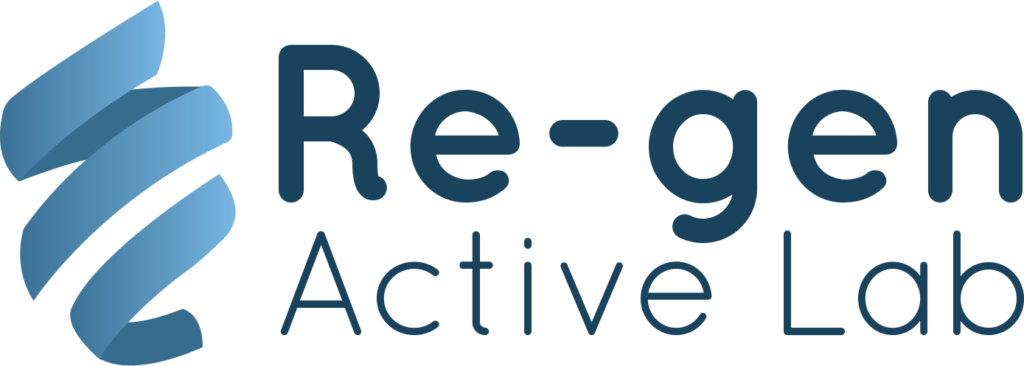
Our Journey Towards Innovation
Re-gen Active Lab is an Irving, Texas, based Biotechnology Company established in 2018 with a goal of revolutionizing regenerative medicine through the development of novel stem cell therapy for wound healing, regeneration, anti-inflammatory, and well-being applications. We collaborate with hospitals and universities around the globe to exploit the paramount potential of stem cells through research and development. All our products are developed in our own cutting edge ISO Class 3 laboratory facility by highly trained scientists and engineers. We have total control over all the steps involved in our product development process to achieve high levels of safety, purity, potency, viability, and reproducibility (batch to batch consistency).
We are proud to have developed stem cell-derived products from a minimally manipulated eligible human umbilical cord and placenta tissue without a combination of any other articles that raise new clinical safety concerns with respect to our products. Our products are for homologous use only. They do not have a systemic effect and are independent of the metabolic activity of living cells for its primary function.
Why Choose Us?
We have an unmatched understanding of the working mechanism of stem cell therapy, we formulate a proprietary method to develop our products in order to maximize its effect. Our products contain stem cell-derived bio-active biomolecules, cell fragments, cell contents, and its extracellular matrix. This makes our products stand out in the market for two main reasons. First, our products contain stem cells derived bioactive biomolecules that act as a signals to initiate tissue regeneration within minutes of administration, and second, we are fully compliant with Section 361 of the PHS Act and FDA 21CFR 1271 by not including an intact live cell in our products but all the components of it.
Understand the working mechanism of stem cell therapy
Stem cells, following the injection into recipient damaged tissue, undergo perforin-dependent apoptosis and release their cell contents- bioactive biomolecules (cytokines). These biomolecules act as signals to cells and start the cascade of DNA synthesis, mitosis, and cell repair. They also make cellular microenvironment much more favorable to the various cells including native MSCs and recruit them for immunomodulation and tissue regeneration. So, it is not the stem cells but the bioactive biomolecules present in the stem cells that initiate tissue repair and regeneration. To summarize it, the effect of the stem cell therapy on the clinical outcomes in tissue degeneration is caused by indirect or paracrine effects of stem cell-derived biomolecules.
Leaders



FDA REGULATIONS
FDA Regulations
U.S. Food and Drug Administration

FDA REGULATIONS
HUMAN CELLS AND TISSUE PRODUCTS (HCT/P) REGULATIONS
According to FDA 21 CFR 1271, an HCT/P is regulated solely under section 361 of the PHS Act and the regulations in this part if it meets all of the following criteria:
(1) The HCT/P is minimally manipulated;
(2) The HCT/P is intended for homologous use only, as reflected by the labeling, advertising, or other indications of the manufacturer’s objective intent;
(3) The manufacture of the HCT/P does not involve the combination of the cells or tissues with another article, except for water, crystalloids, or a sterilizing, preserving, or storage agent, provided that the addition of water, crystalloids, or the sterilizing, preserving, or storage agent does not raise new clinical safety concerns with respect to the HCT/P; and
(4) Either:
- (i) The HCT/P does not have a systemic effect and is not dependent upon the metabolic activity of living cells for its primary function; or
- (ii) The HCT/P has a systemic effect or is dependent upon the metabolic activity of living cells for its primary function, and:
- (a ) Is for autologous use;
- (b ) Is for allogeneic use in a first-degree or second-degree blood relative; or
- (c ) Is for reproductive use.
To learn more about FDA Regulations, please visit the following link:
https://www.accessdata.fda.gov/scripts/cdrh/cfdocs/cfcfr/CFRSearch.cfm?CFRPart=1271

